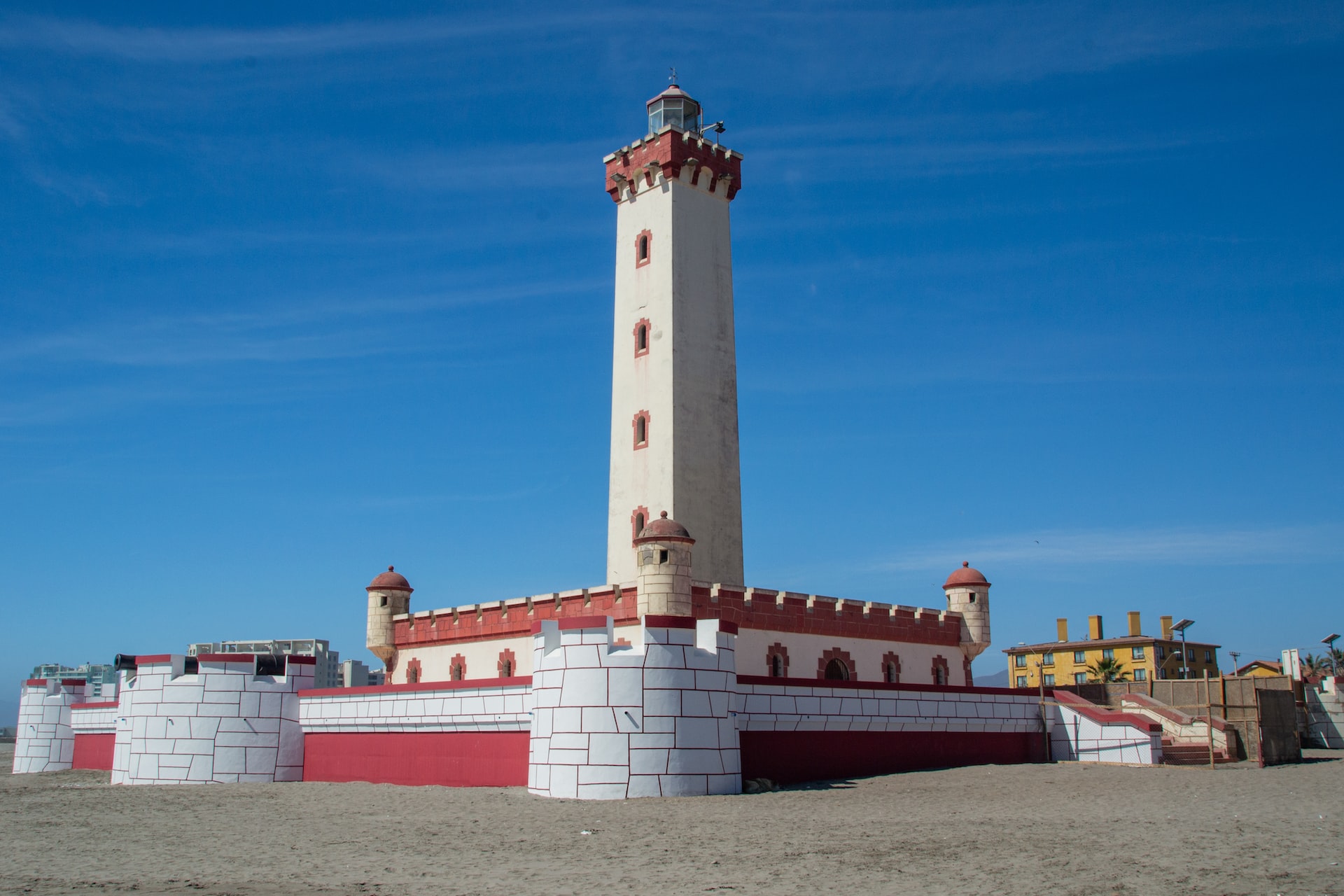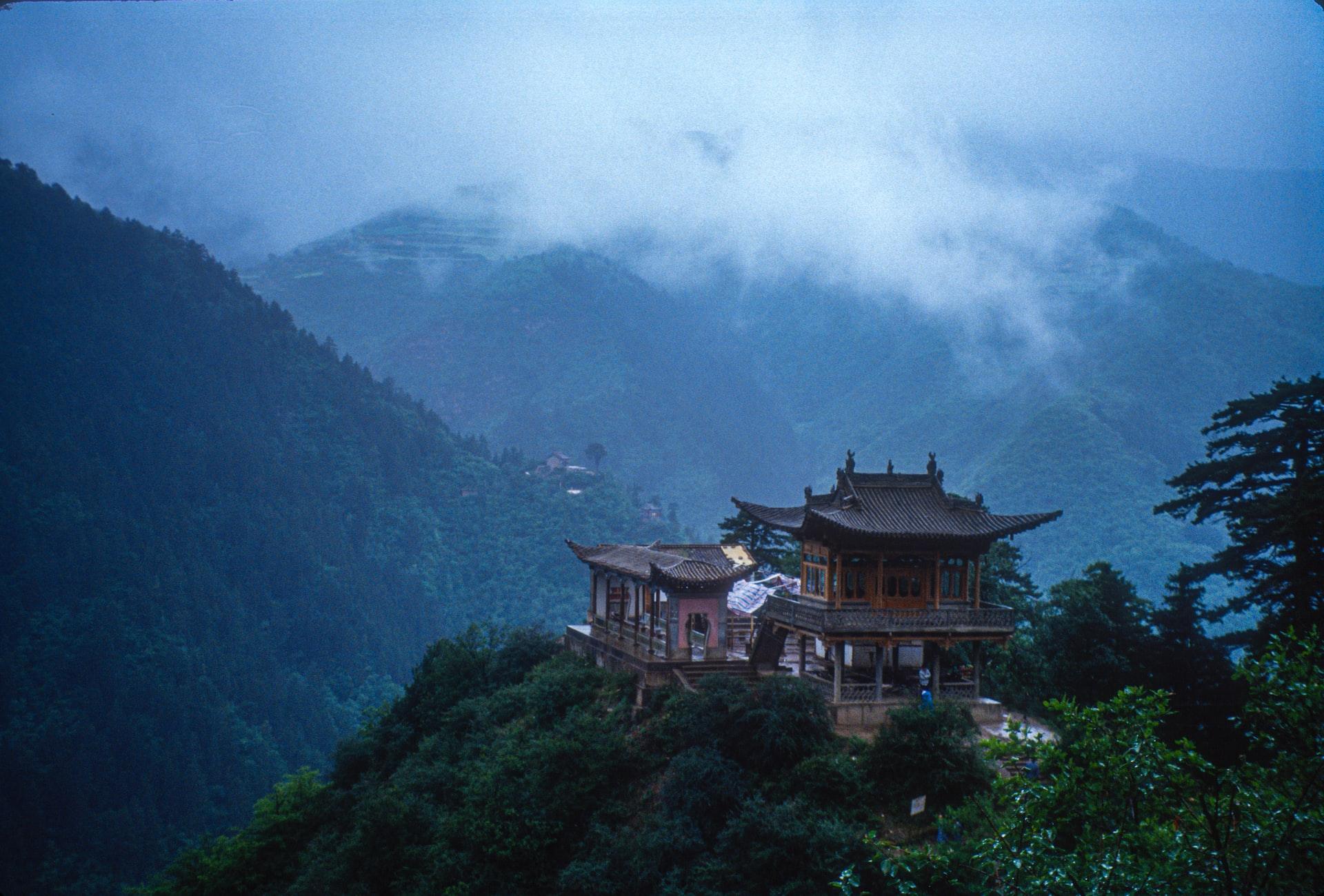Langkawi weather is a topic of great interest to many, as the small island located off the west coast of Malaysia is a popular tourist destination known for its beautiful beaches, lush jungles, and unique geological formations. The island’s location near the equator means that it experiences a tropical climate, with warm temperatures and high humidity year-round. The weather in Langkawi can be quite unpredictable, with sudden rainstorms and heavy winds common during certain times of the year.
The island experiences two main seasons: the northeast monsoon, which lasts from November to March, and the southwest monsoon, which lasts from April to October. During the northeast monsoon, the weather is generally dry and sunny, with temperatures ranging from around 27 to 32 degrees Celsius (81 to 90 degrees Fahrenheit). During the southwest monsoon, the weather is generally wet and cloudy, with temperatures ranging from around 25 to 30 degrees Celsius (77 to 86 degrees Fahrenheit).
Despite the unpredictable nature of Langkawi weather, it is possible to plan a visit that will minimize the chances of experiencing bad weather. The best time to visit Langkawi is during the dry season, which lasts from January to March. During this time, the weather is generally sunny and dry, with little chance of rain. This is the perfect time to enjoy the island’s many beaches and outdoor activities, as well as to explore its unique natural and cultural attractions.
| Month | Low (°C) | High (°C) | Low (°F) | High (°F) | Rain (%) |
|---|---|---|---|---|---|
| January | 24 | 33 | 75 | 91 | 10 |
| February | 24 | 33 | 75 | 91 | 5 |
| March | 24 | 33 | 75 | 91 | 5 |
| April | 25 | 32 | 77 | 90 | 15 |
| May | 25 | 32 | 77 | 90 | 20 |
| June | 25 | 32 | 77 | 90 | 25 |
| July | 25 | 32 | 77 | 90 | 30 |
| August | 25 | 32 | 77 | 90 | 30 |
| September | 25 | 32 | 77 | 90 | 25 |
| October | 25 | 32 | 77 | 90 | 20 |
| November | 24 | 33 | 75 | 91 | 15 |
| December | 24 | 33 | 75 | 91 | 10 |
When considering the best time to visit Langkawi, it is also important to take into account the island’s peak tourist season. The months of December and January are the busiest, with many tourists from all over the world flocking to the island to enjoy its beautiful beaches and warm weather. If you’re looking to avoid the crowds, it’s best to plan your visit for the shoulder seasons, such as September and October, or February and March.
Another factor to consider when planning a visit to Langkawi is the island’s monsoon season. The southwest monsoon, which lasts from April to October, brings heavy rains and strong winds to the island, making it less than ideal for beach-going and outdoor activities. If you’re planning a visit during this time, it’s best to focus on indoor activities, such as visiting the island’s many museums, temples and other cultural attractions.
For those interested in outdoor activities, such as hiking and rock-climbing, the island’s dry season, which lasts from January to March, is the best time to visit. During this time, the weather is generally sunny and dry, with little chance of rain, making it perfect for exploring the island’s many natural wonders.
Finally, it is also important to consider the island’s marine life when planning a visit. Langkawi is home to a diverse array of marine life, including dolphins, sharks, and sea turtles. For those interested in marine wildlife, the months of October to February are the best time to visit, as this is when the island’s waters are at their clearest and the marine life is most active.
In conclusion, the best time to visit Langkawi depends on your personal preferences and interests. If you’re looking for sunny weather and plenty of outdoor activities, the dry season from January to March is the best time to visit. If you’re looking to avoid the crowds, the shoulder seasons of September and October, or February and March, are good options. And for those interested in marine life and culture, the months of October to February are the best time to visit. With a little bit of planning, it is possible to have a great trip to Langkawi, no matter when you choose to visit.



